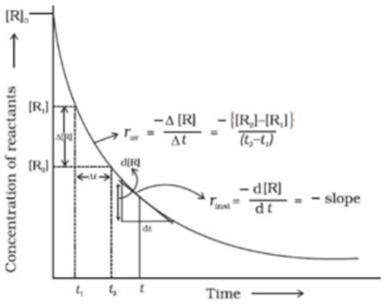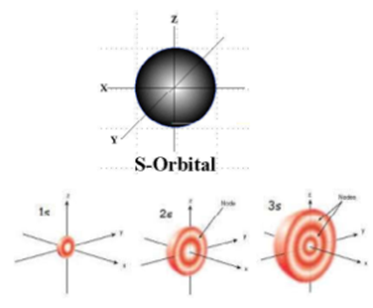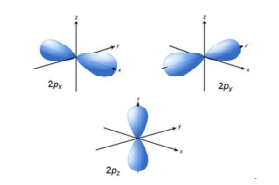Science > Chemistry > Biomolecules > Disaccharides and Polysaccharides In the last article, we have studied monosaccharides. In this article, we shall study disaccharides and polysaccharides. Disaccharides: Di-saccharides on hydrolysis give two molecules of monosaccharide. They on hydrolysis with dilute acids or enzymes yield two molecules of either the same or different monosaccharides. e.g. Cane sugar (Sucrose) […]
Categories
Disaccharides and Polysaccharides
- Post author By Hemant More
- Post date November 16, 2020
- No Comments on Disaccharides and Polysaccharides
- Tags Aldoses, Biochemistry, Biomolecule, Carbohydrate, Cellobiose, Chemistry, Chemistry of carbon compounds, Disaccharides, Fischer Projection, Fructose, Glucose, Glycogen, Haworth Projection of Glucose, Hemiacetal structure, Hemiketal structure, Hexasaccharides, Hexose, Ketoses, Lactose, Maltose, Monosaccharides, Non-reducing sugars, Non-sugars, Oligosaccharides, Organic chemistry, Pentasaccharides, Pentose, Polysaccharides, Reducing sugars, saccharides, Starch, Sucrose, Sugars, Tetrasaccharides, Tetrose, Triose, Trisaccharides



